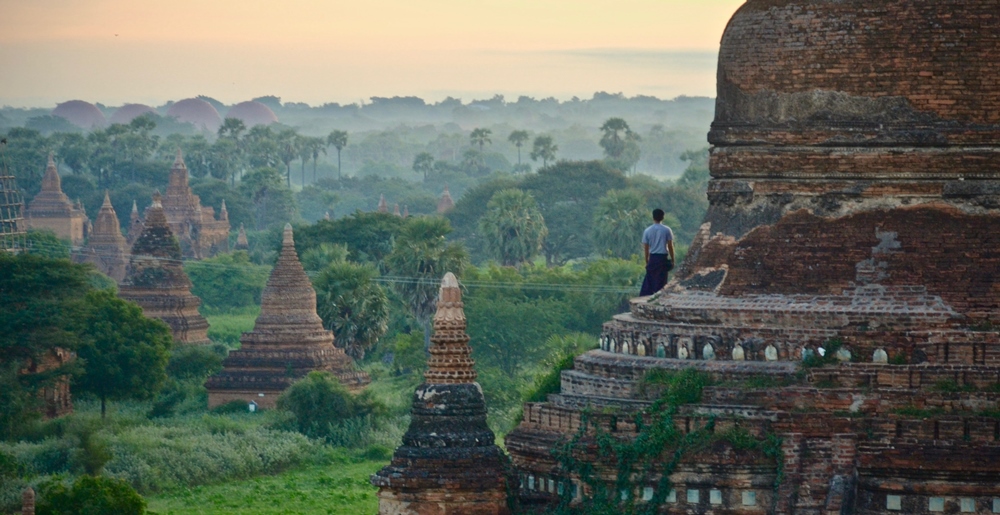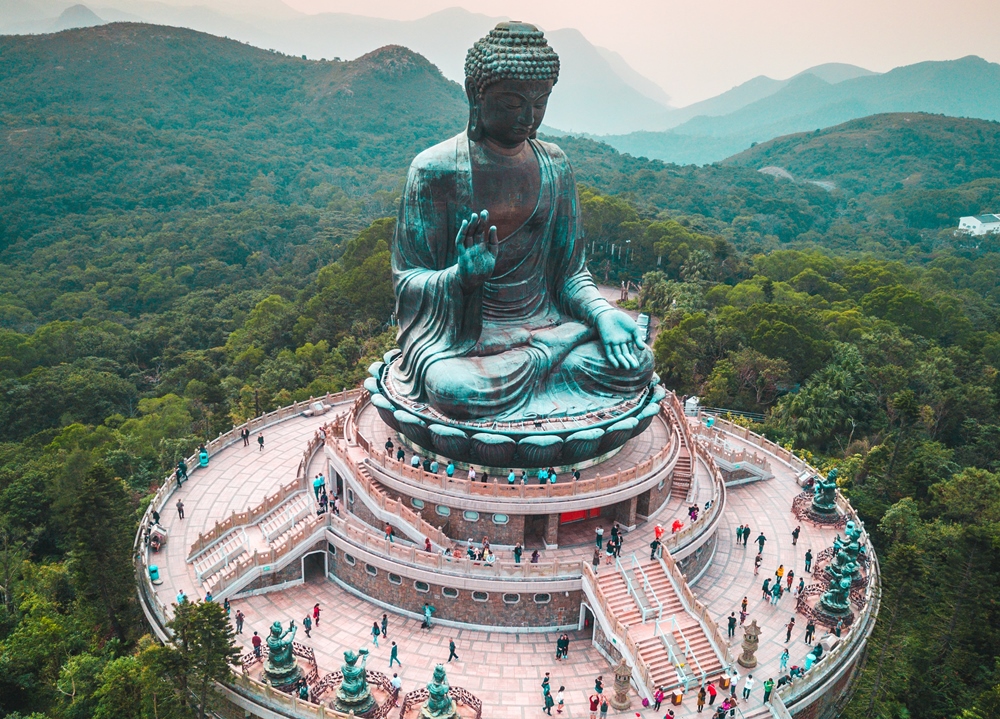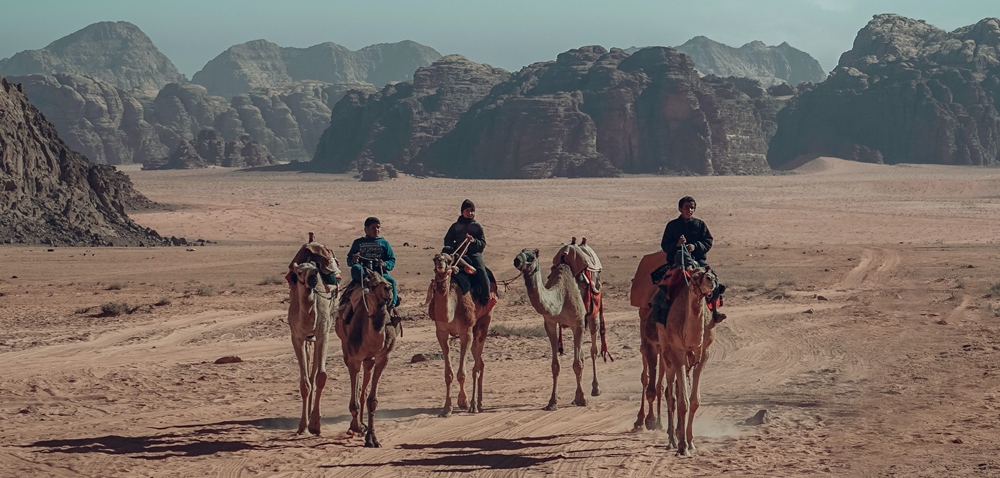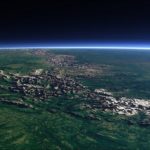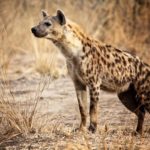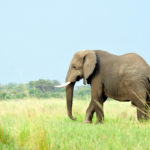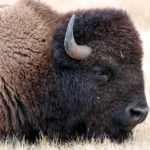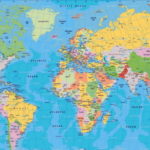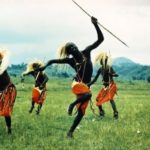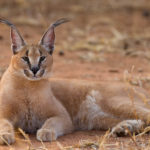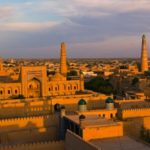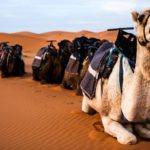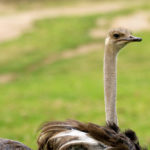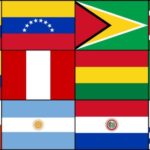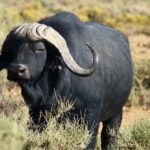Information About Asia Continent for Kids – Important and Useful Facts
Asia is the largest of the continents. Also, Asia is in the first place by its population. It covers about 17,153,000 square miles. Its greatest distance, east to west, is 6,000 miles, and north to south about 5,400 miles. Its population is about 4,715,932,231. This means that 57 out of every 100 people live in Asia. Asia is a continent of extremes. It has the highest mountains and the lowest depths. More rain falls in parts of southern Asia than anywhere else in the world, but some Asian deserts are among the driest places on Earth.
Asia stretches from the Ural Mountains in the west to the Pacific Ocean in the east, and from the Arctic Ocean in the north to the Indian Ocean in the south. Its southwestern frontier with Europe runs along the shores of the Caspian Sea, the Black Sea, and the Mediterranean. Asia is joined to Africa by the Isthmus of Suez, which is cut in two by the Suez Canal. It is separated from North America by the Bering Strait in the northeast, only 45 miles wide at its narrowest part.
Asia can be conveniently divided into six major regions. Central or Inner Asia is a triangular mass of mountains and high, remote plateaus. It includes Tibet, Mongolia, and parts of western China. Many ranges of mountains meet in the Pamir Knot, sometimes called the Roof of the World. The Himalaya range includes Mt Everest (29,028 ft), the world’s highest peak. Northern Asia includes the vast Russian lowlands of Siberia. The region stretches from the Ural Mountains in the west to the Pacific Ocean in the east. It is drained by a number of huge rivers. Eastern Asia, or the Far East, is a mountainous area that includes most of China, Japan, Korea, and Taiwan (Formosa). This is where nearly half the Asian people live.
Asia – a Continent of Contrasts
Asia is a continent of contrasts, with a rainfall that varies from over 450 inches per year to less than one inch. The wettest lands are those in southern and south-eastern Asia which lie in the path of moisture-laden monsoon winds. The driest lands are in central Asia which is cut off from the rain-bearing winds by the mountain wall of the Himalayas.
Southern Asia is the region that lies to the south of the Himalayas mountains. It includes the ancient plateaus of Afghanistan, Bhutan, India, and Pakistan. Southwestern Asia is a dry region that includes Turkey, Iran, and the Arabian Peninsula. South-eastern Asia includes the land south of China and east of India, and the Indonesian, Malaysian and Philippine islands.
There are some large bodies of inland water in Asia. The Caspian Sea, the world’s largest inland sea, lies between Asia and Europe. The shore of the Dead Sea, partly in Israel and partly in Jordan, lies about 1,300 feet below sea level.
Among many huge rivers in Asia the Lena, Yenisei, and Ob are frozen for part of their courses during six months of each year. In the spring, when the rivers are full, and their mouths are still ice-bound, great floods occur. Other important rivers are the Jordan, which flows southwards from Lebanon to the Dead Sea; the Tigris and Euphrates, which drain Iraq; the Brahmaputra and the Ganges that empty into the Bay of Bengal through a common delta; and the Indus, which rises in western Tibet and flows into the Arabian Sea.
In China, the chief rivers are the Hwang, the Si-Kiang, and the Yangtze. The plain of Manchuria is drained by the Amur and its tributary, the Sungari. The mountains in or near Tibet give rise to several major rivers, among them the Brahmaputra, Hwang, Indus, Mekong, Salween, and Yangtze.
Information About Deserts in Asia for Kids
Deserts are plentiful throughout Asia. Most of the Arabian Peninsula is desert, and the Gobi desert occupies an enormous plateau in central Asia. The far north of Asia has an arctic climate, and the southern regions are equatorial. The interior of the continent suffers great extremes of climate. Winters are bitterly cold but summers produce a fierce heat. These extremes cause great differences in pressure and wind systems and are the cause of the violent monsoons (seasonal winds) that bring heavy rain to all of south-east Asia from May to October.
Asian wild animals include tigers, monkeys, rhinoceroses, bears, deer, mongooses, and many kinds of poisonous and non-poisonous snakes. Some wild animals, such as the elephant and the water buffalo, have been tamed and trained to work in the forests and fields.
Vegetation varies with the climate. Northern Asia contains the world’s largest fir and pine forest. Temperate grasslands and desert scrub cover some other parts of the continent.
Most people in Asia eat rice as their main food. Rice grows in wet, tropical regions. In drier areas, other cereals such as maize, wheat, millet, and soya beans are grown. Timber is a valuable product. The tropical regions yield quantities of teak. Pinewood comes from Siberia and hardwoods from the forests of China.
Other important agricultural products are tea, tobacco, rubber, dates, jute, cotton, and olives. Much Asian industry consists of handicrafts produced in small factories and workshops. The great exception is Japan. Japan leads the world in shipbuilding and is also a leading steel producer. Northern China, parts of India, and central Siberia also has modern, well-equipped factories that produce a wide range of goods. But most Asian nations export few manufactured goods because they are unable to meet the needs of their own people. Many exports are minerals. A quarter of the world’s petroleum comes from southeastern and south-western Asia. Turkey and the Philippines export chromites, and nearly two-thirds of the world’s tin comes from south-eastern Asia.
Other Asia facts
Most of the world’s earliest civilizations and all the world’s great religions began in Asia. More than 2,000 years ago powerful empires flourished in the continent. Their peoples reached a high development in the arts and sciences. They began to influence Europe, especially through contact with the ancient Greeks, from about 300 B.C. But because the various Asian peoples were separated from each other by vast deserts and lofty mountain ranges, they never became as closely knit as some of their western neighbors. They gradually developed different languages, customs, and ways of life.
